While the allure of a newly renovated bathroom is often touted as a key selling point for homes, certain upgrades, surprisingly, can have the opposite effect, potentially deterring buyers and making a property harder to sell. These renovations, often driven by personal taste or current trends, might not align with the preferences or needs of a broad range of potential buyers. Understanding which bathroom upgrades can be polarizing is crucial for homeowners considering renovations with resale in mind. Avoiding these pitfalls can help ensure a smoother and more profitable selling process.
1. Highly Unique or Bold Tile Choices
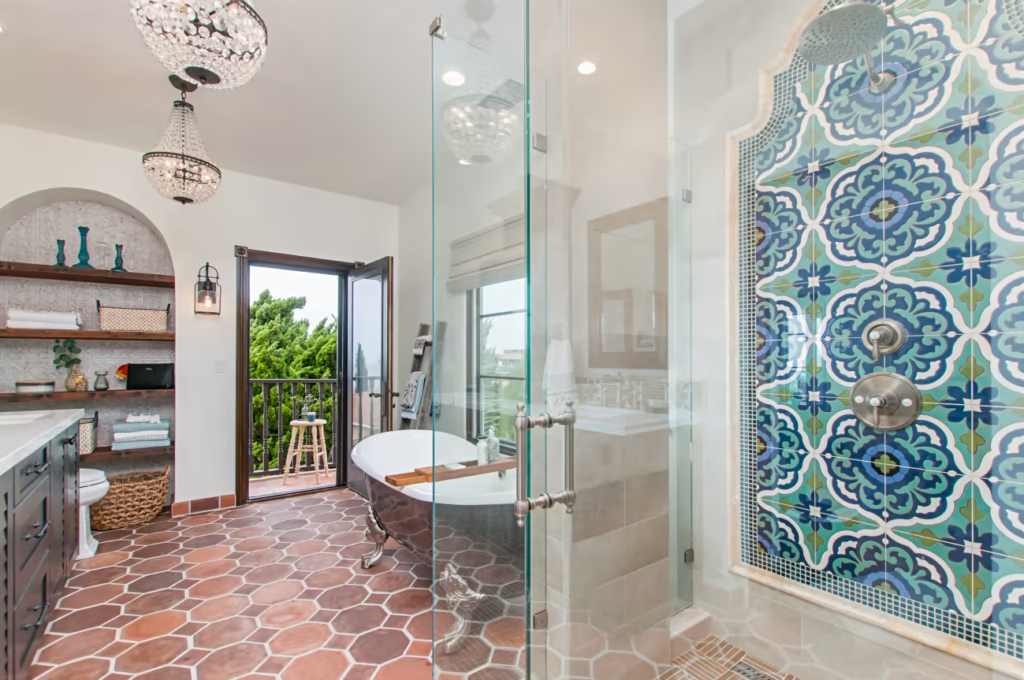
While expressing personal style through tile can be tempting, opting for extremely unique patterns or very bold colors in a bathroom can surprisingly make a home harder to sell. According to Zillow, highly personalized tile choices can be off-putting to a significant portion of potential buyers who may find them difficult to live with or envision changing. What one homeowner loves might feel overwhelming or outdated to someone else. Neutral and classic tile choices tend to have broader appeal.
The cost and effort involved in removing and replacing extensive tiling can also deter buyers who are looking for a move-in ready experience. While a small accent wall with bold tile might be manageable, an entire bathroom clad in a very specific or unusual design can be a significant obstacle for buyers with different aesthetic preferences. Sticking to timeless and neutral tile options for the majority of the bathroom, with perhaps smaller, easily changeable accents, is generally a safer approach for resale.
2. Overly Themed Bathrooms

Creating a highly themed bathroom, such as a nautical-themed space with excessive seashell decor or a Victorian-inspired room with elaborate fixtures, can surprisingly limit a home’s appeal to a wider range of buyers. As noted by HGTV, these strongly themed spaces can feel very specific to the current homeowner’s taste and might not resonate with others. Potential buyers often prefer a more neutral backdrop that they can personalize with their own accessories and decor. The cost of undoing a strong theme can be a deterrent.
While a subtle nod to a particular style can be charming, going overboard with a theme can make a bathroom feel like a time capsule or a design commitment that buyers are unwilling to undertake. Removing permanent themed elements, such as built-in shelving filled with specific decor or wallpaper with strong thematic patterns, can be a significant undertaking. Opting for a more versatile and timeless design foundation allows potential buyers to envision their own style within the space, increasing the likelihood of a sale.
3. Bathrooms with No Bathtub (in Certain Markets)
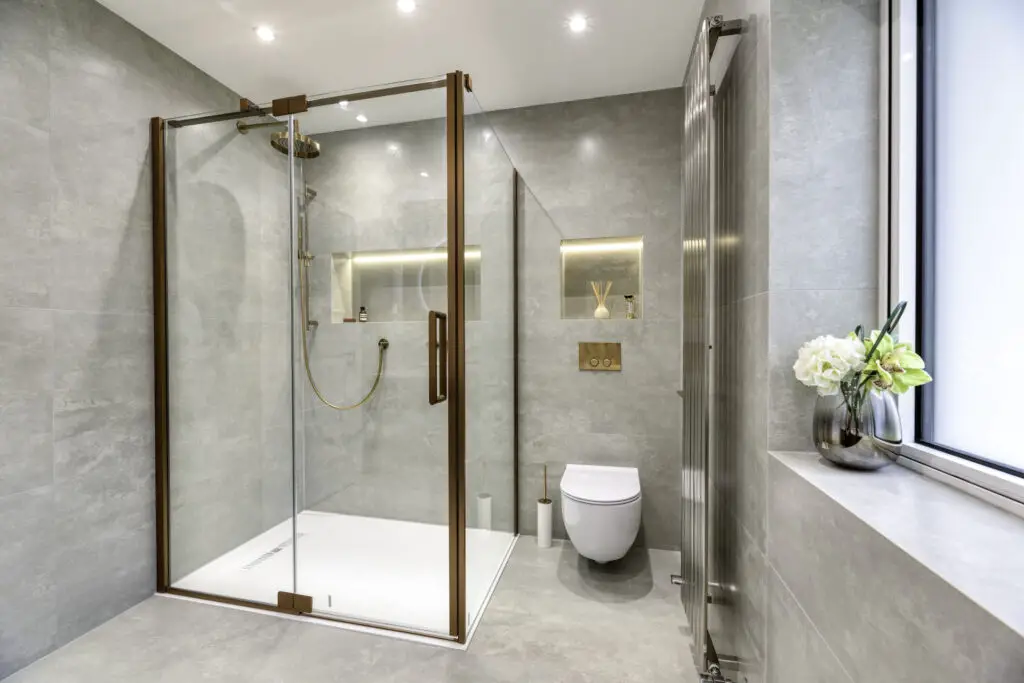
While walk-in showers are increasingly popular, completely eliminating the bathtub, especially in a home marketed towards families, can surprisingly make it harder to sell in certain markets. According to the National Association of Realtors (NAR), a significant percentage of homebuyers, particularly those with young children or planning to have them, still consider at least one bathtub in the home to be essential. Removing the only tub can alienate this segment of the market.
While a luxurious walk-in shower can be a desirable upgrade, its appeal might not outweigh the perceived necessity of a bathtub for families with young children or those who simply prefer soaking. If a home has multiple bathrooms, perhaps one could feature a spacious shower while retaining a tub in another. However, in homes with only one or two bathrooms, removing the sole bathtub can significantly narrow the pool of potential buyers.
4. Extremely High-End, Niche Fixtures
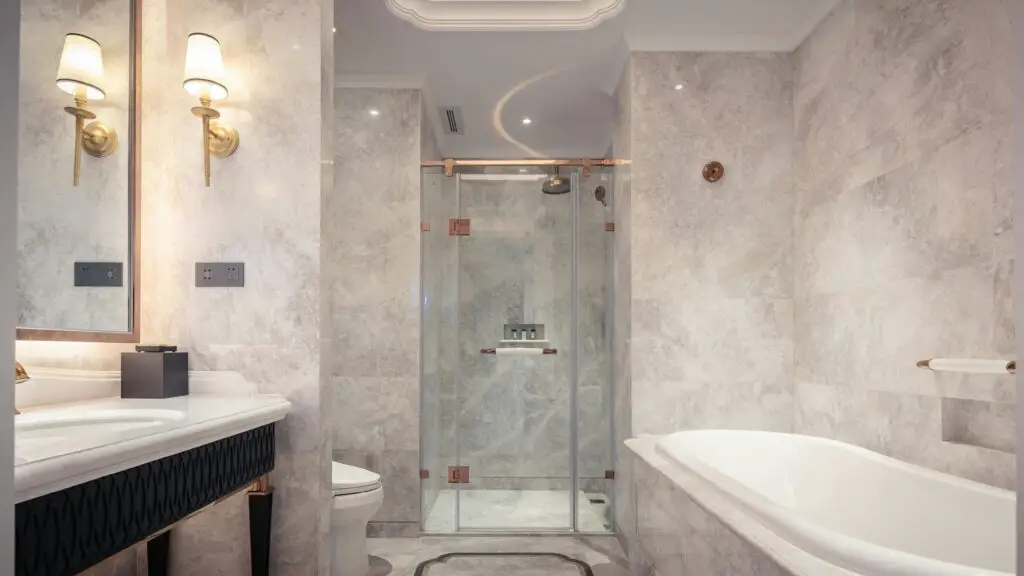
Investing in extremely high-end or very niche bathroom fixtures, while luxurious for personal use, can surprisingly make a home harder to sell if they don’t align with the expectations or budgets of the majority of potential buyers in the area. As noted by Forbes, overly expensive or highly specialized fixtures might not be appreciated by everyone and could be seen as unnecessary or even intimidating. Potential buyers might worry about the cost of repair or replacement for such unique items.
While quality is important, opting for mainstream, well-regarded brands with readily available parts and a more universally appealing aesthetic is often a safer strategy for resale. Extremely modern or avant-garde fixtures, while visually striking to some, might not resonate with a broader audience. Balancing quality with wider appeal is key when selecting bathroom fixtures for a home you might sell in the future.
5. Dark and Moody Color Schemes
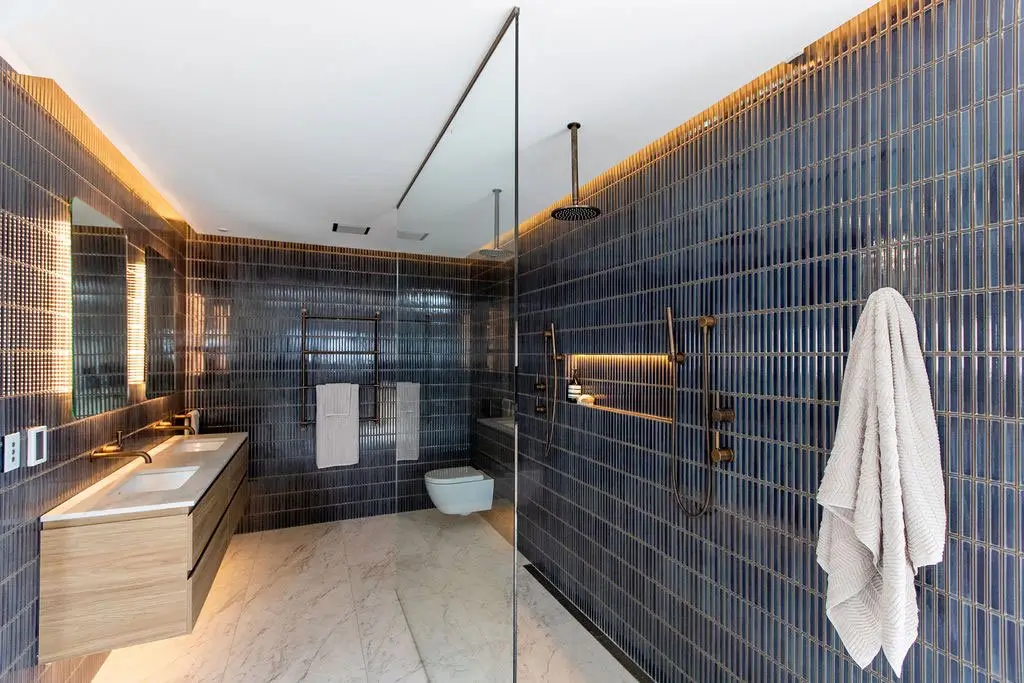
While dark and moody color palettes can be stylish and dramatic, using them extensively in a bathroom can surprisingly make a home harder to sell. Many potential buyers prefer bathrooms that feel bright, airy, and clean. Dark colors can make a space feel smaller and less inviting, potentially deterring those who prefer a lighter aesthetic.
While a dark accent wall or vanity might be acceptable to some, an entire bathroom painted in dark hues or featuring dark tile and fixtures can be a significant turn-off for buyers who envision a brighter space. The perception of cleanliness and spaciousness is often paramount in bathrooms, and dark color schemes can work against achieving that feeling for a broad audience.
6. Overly Trendy or Fad-Driven Upgrades
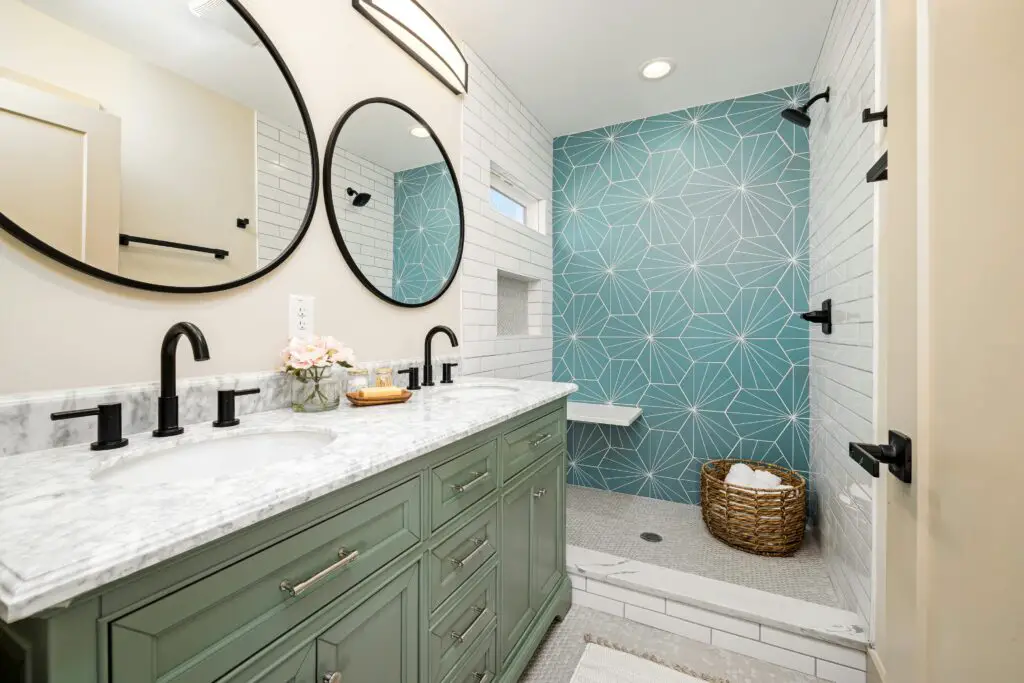
Incorporating very trendy or fad-driven upgrades in a bathroom can surprisingly make a home harder to sell once those trends inevitably go out of style. What looks modern and cutting-edge today might appear dated and undesirable in just a few years. Potential buyers might see these trendy elements as something they will need to update.
Sticking to classic and timeless design principles for the major elements of a bathroom renovation, such as tile, fixtures, and layout, is generally a safer approach for resale. Smaller, less permanent elements like paint color and accessories can be easily updated to reflect current trends without deterring buyers who prefer a more enduring style.
7. DIY Upgrades of Questionable Quality
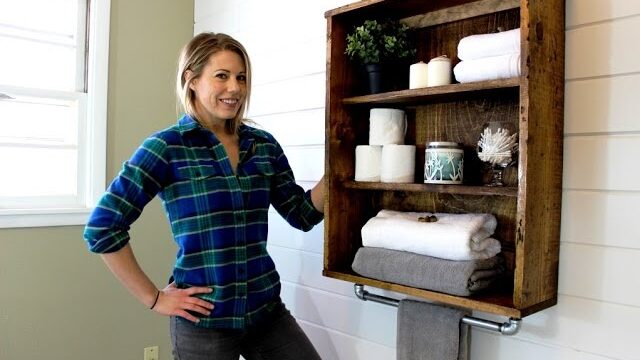
While DIY renovations can save money, bathroom upgrades that are poorly executed or of questionable quality can surprisingly make a home harder to sell. Buyers often scrutinize bathrooms closely, and shoddy workmanship can raise red flags about other potential issues in the home. Visible flaws in tiling, plumbing, or electrical work can be major deterrents.
Investing in professional installation for key bathroom upgrades ensures a high level of quality and can provide buyers with peace of mind. While minor cosmetic DIY improvements might be acceptable, major renovations should ideally be handled by qualified professionals to avoid creating potential problems that could hinder a sale.
8. Bathrooms with Unusual Layouts
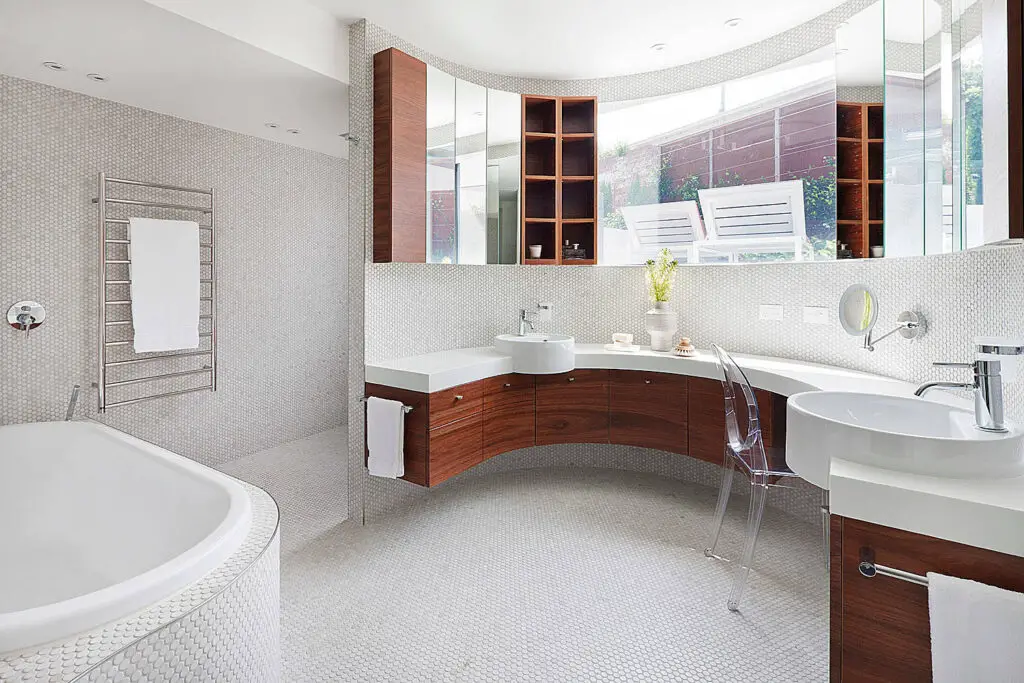
Creating a bathroom with a highly unusual or unconventional layout, even if it suits the current homeowner’s specific needs, can surprisingly make a home harder to sell. Potential buyers often prefer a more traditional and functional bathroom layout that aligns with common expectations. Oddly placed fixtures or awkward traffic flow can be a turn-off.
While maximizing space and functionality is important, adhering to generally accepted bathroom layouts is often a safer strategy for resale. Buyers want a bathroom that feels intuitive and easy to use, without unusual obstacles or a confusing flow. Deviating too significantly from standard layouts can narrow the pool of interested buyers.
9. Excessive Smart Home Technology
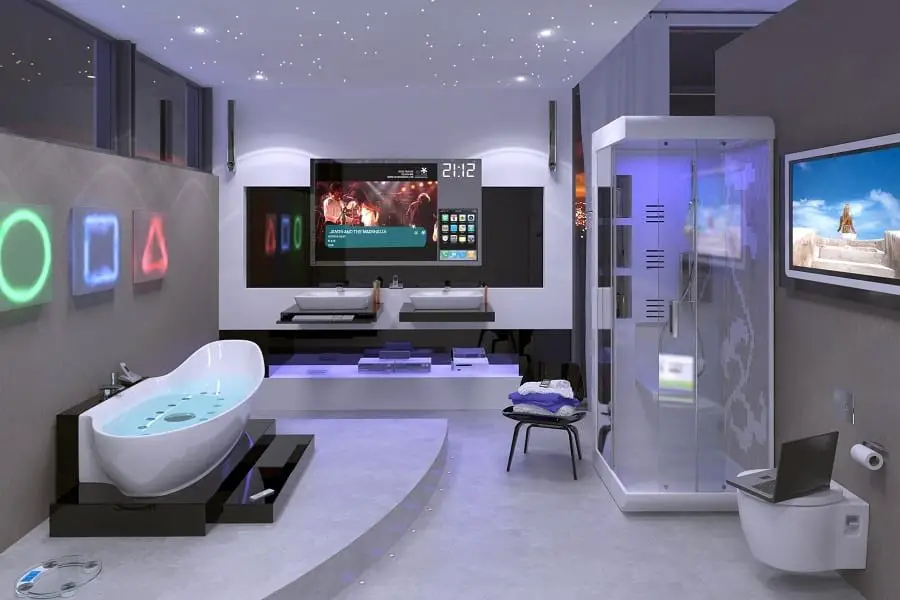
While smart home features are increasingly popular, incorporating excessive or overly complex smart technology in a bathroom can surprisingly make a home harder to sell for buyers who are not tech-savvy or who prefer simpler systems. The potential for malfunctions or the need for specialized knowledge to operate these features can be a deterrent for some.
Integrating a few key smart features, such as smart lighting or a smart thermostat, might be appealing to a broader audience. However, overdoing it with numerous interconnected devices that require specific apps or technical expertise could alienate buyers who prefer a more straightforward and less technologically dependent bathroom experience.
10. Bathrooms with Carpet
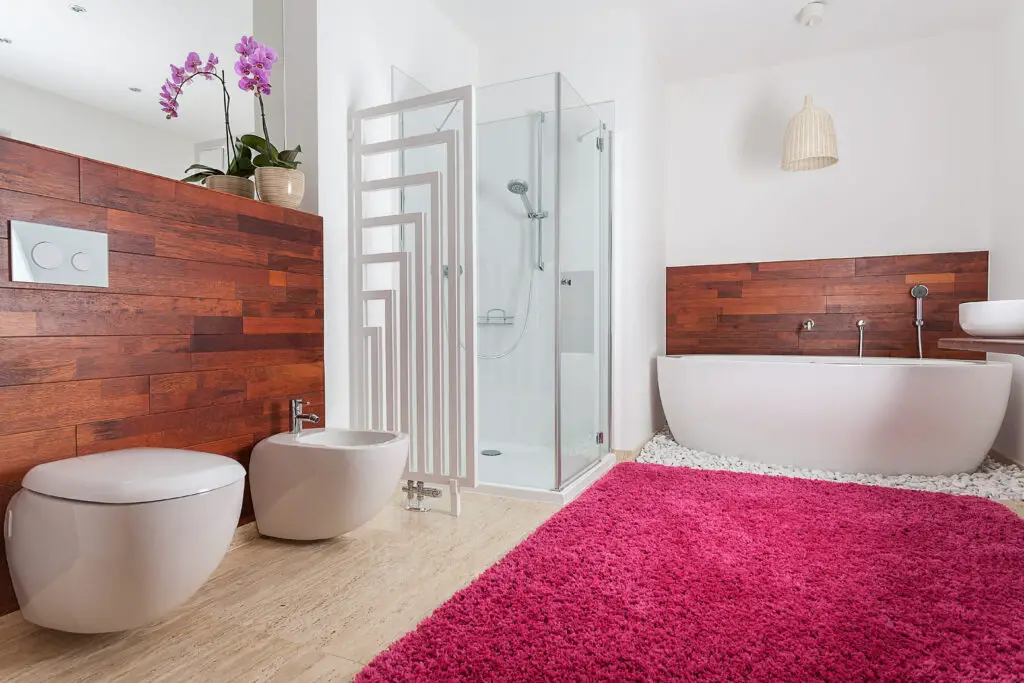
While carpet might feel soft underfoot, installing carpet in a bathroom is generally considered an outdated and impractical choice that can surprisingly make a home harder to sell. Bathrooms are high-moisture environments, and carpet is prone to mold, mildew, and water damage, even with careful use. Potential buyers often view bathroom carpet as unhygienic and a future maintenance concern.
Opting for hard-surface flooring materials specifically designed for bathrooms, such as tile, stone, or vinyl, is a far more appealing and practical choice for resale. These materials are water-resistant, easy to clean, and align with modern bathroom design expectations. Removing bathroom carpet is often a recommended upgrade before putting a home on the market.
11. Bathrooms with Pedestal Sinks and Limited Storage
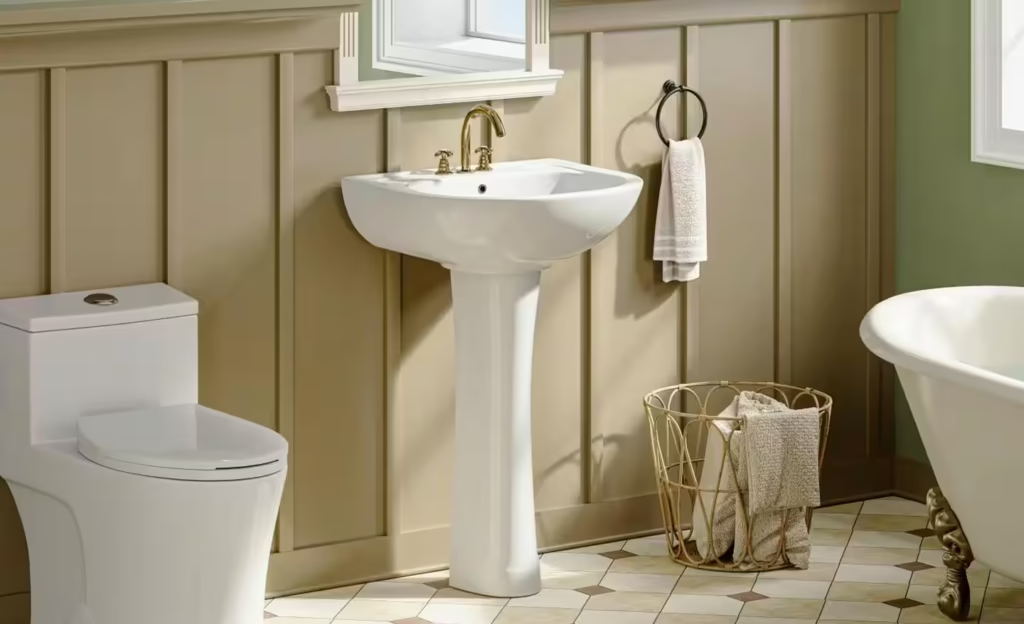
While pedestal sinks can have a classic and elegant look, bathrooms with only pedestal sinks and no other built-in storage can surprisingly make a home harder to sell, particularly to families or those who value organization. The lack of counter space and storage for toiletries and other bathroom essentials can be a significant drawback for many buyers.
Incorporating a vanity with drawers or cabinets provides essential storage and counter space that is highly valued in bathrooms. If a pedestal sink is desired for aesthetic reasons, supplementing it with other storage solutions, such as wall-mounted cabinets or shelving, can help address this concern for potential buyers.
12. Bathrooms with Jacuzzi Tubs (in Certain Markets)
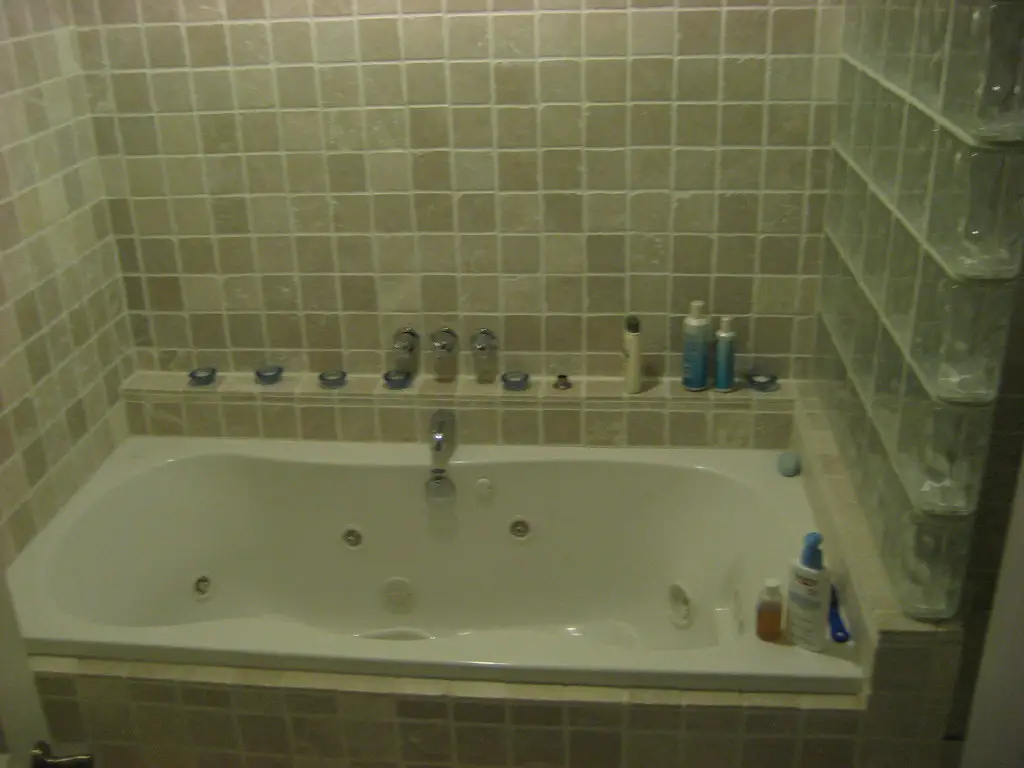
While once considered a luxurious upgrade, large jacuzzi tubs can surprisingly make a home harder to sell in certain markets or to certain demographics. Some buyers view them as water-guzzlers, difficult to clean, and taking up valuable space that could be used for a larger shower or more functional layout. The perceived maintenance and utility costs can be a deterrent.
While a standard soaking tub still holds appeal for many, an oversized jacuzzi tub might not be a universally desirable feature. In smaller bathrooms, it can feel particularly cumbersome. Considering the preferences of the target buyer demographic in your area is important when deciding whether to install or keep a jacuzzi tub.
13. Bathrooms with Bidets (Without Broad Acceptance)

While bidets are gaining popularity in some regions, installing a standalone bidet or a bidet seat in a bathroom without a clear understanding of the local market acceptance can surprisingly make a home harder to sell to buyers who are unfamiliar with or do not value this feature. It might be seen as an unnecessary or unusual addition.
While offering a bidet as an additional feature might not be a major deterrent for some buyers, making it a central or prominent element of the bathroom design in a market where they are not widely adopted could limit appeal. Providing the option for a bidet without making it a defining characteristic of the bathroom might be a more neutral approach for resale.
14. Bathrooms Located in Unusual or Inconvenient Places
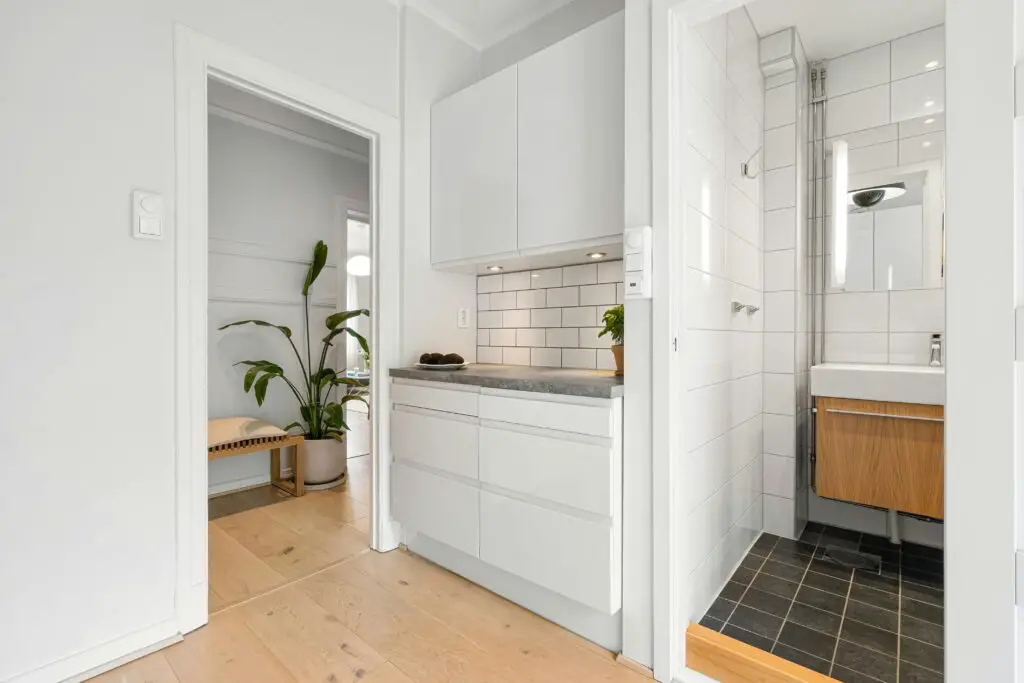
Relocating or creating a bathroom in an unusual or inconvenient location within a home, even if it serves the current homeowner’s specific needs, can surprisingly make the property harder to sell. Buyers often expect bathrooms to be located in logical proximity to bedrooms and living areas. An awkwardly placed bathroom can disrupt the flow of the home and be a major turn-off.
Adhering to conventional placement of bathrooms within a home’s layout is generally a safer strategy for resale. While adding an extra bathroom can be a selling point, ensuring it is located in a practical and expected area is crucial for maximizing its appeal to a broad range of potential buyers.
